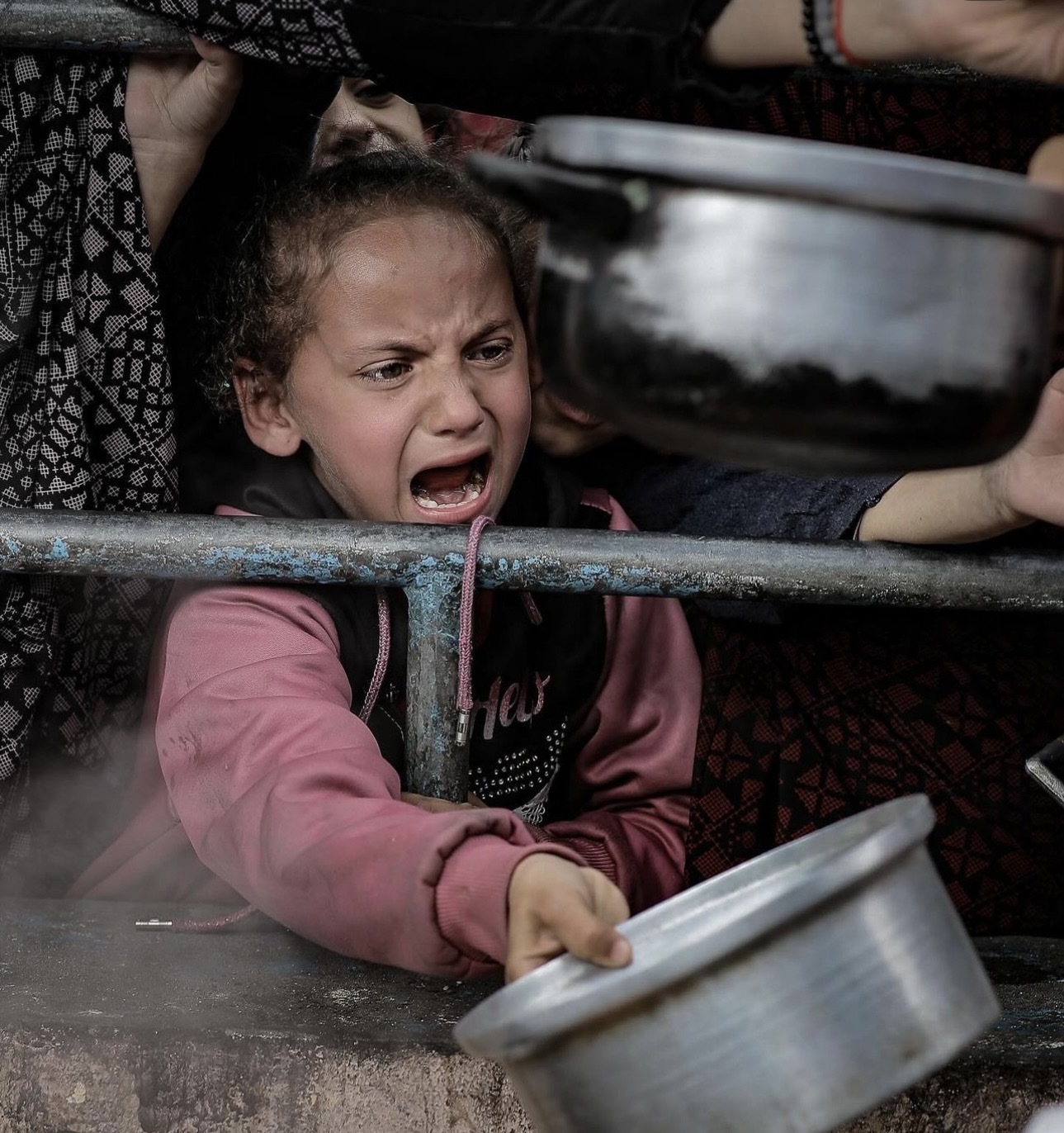We Communicate For Happy Children
 Rafah: Genocide threatens more than 600,000 children
Rafah: Genocide threatens more than 600,000 children 
“It is hard to imagine things getting any worse than they have been for people in Gaza over the past four months, but should Israeli forces expand into Rafah, what happens next will be beyond our worst nightmares.” (Save the children)
Of the one million and five hundred thousand people crowded today in Rafah, the southernmost part of the Gaza Strip, there are more than 600 thousand children. They are distributed in temporary tents or sleeping in the open air within an area not exceeding 55 kilometres, i.e. less than a fifth of the total area of the Strip. This means that the population density of Rafah, which hosts more than half of the Gaza Strip’s population, exceeded 27 thousand people/square km. This comes as the average population density for 2024 globally is 62 people per square kilometre.
While the Israeli army threatens to launch a ground operation in the governorate, coinciding with the massacres it is committing there, international and relief organisations have warned of the danger of the matter for the displaced, most of whom are children and women. The United Nations spoke of a catastrophic situation in the city if this was implemented, stressing the impossibility of protecting civilians due to population density. As for the Save the Children organisation, it announced that “80% of the Gaza Strip’s population, half of whom are children, are now trapped in this area, with the Israeli authorities telling the residents of Gaza that Rafah is a safe place.” UNICEF also warned against the escalation of fighting in Rafah, stressing that this “will constitute another devastating turning point in the war,” calling “urgently to refrain from military escalation, as more than 600,000 children and their families have been displaced, many of them more than once.” As for UNRWA, it announced that “launching a large-scale military operation among these residents (displaced people in Rafah) would greatly exacerbate the humanitarian nightmare,” warning that a major attack on the city would lead to the migration of hundreds and hundreds of thousands again.
As displaced persons and children are crammed in Rafah amidst the worst living conditions and suffer from a severe shortage of medical, health, and food supplies with most hospitals out of service, Israeli Prime Minister Benjamin Netanyahu speaks of “safe corridors” for the displaced and of areas in northern Rafah that “have been cleansed and can be used as safe areas for civilians.” This includes more than a million displaced people previously displaced by the occupation from north to south, then to the far south, in what it described as “safe areas.” This means transporting more than a million people, half of them children, into a very narrow space that is impossible to accommodate this huge number.
In this context, relief agencies announced that they cannot transfer people to safer areas because Israeli forces are stationed in the north, and the aid allowed into the Strip is minimal. UNRWA also confirmed that it would not be able to “effectively or safely run operations from a city under assault from the Israeli army.” Save the Children warned that “expanded Israeli military operations in Rafah – the main entry point for aid into Gaza – now threaten further to derail the delivery of aid throughout the besieged Strip because it will be impossible for aid workers to deliver aid safely and effectively.”
The children of the North cannot find fodder to eat.
In the south, the Israeli massacres continue in various governorates and regions, and the spokesperson for the Ministry of Health in Gaza announced that the medical teams in the “Nasser Medical Complex” in Khan Yunis have run out of food. As for the Israeli army, it continues to bomb hospitals and schools, including UNRWA schools, causing casualties.
In the north, the conditions of the population and children are too difficult to describe, to the extent that the Palestinian Ministry of Health in Gaza announced that the population could not even find fodder (for animals) to eat. The Gaza Strip is hungry. According to UN experts, the population of the Gaza Strip represents 80% of all people in the world who face the risk of famine or catastrophic hunger. At the same time, all 335,000 children under the age of five are at risk of severe malnutrition as conditions leading to famine increase.
In this context, the World Food Program warned that the Gaza Strip may slide into famine by May. The Euro-Mediterranean Human Rights Monitor documented the death of several infants, children, and the elderly from hunger in various areas of the Gaza Strip, most notably the north and central regions. This comes as UNRWA announced that Israel had, for weeks, prevented the entry of a food shipment from the port of Ashdod into Gaza, which would provide food for 1.1 million Palestinians for a month.
